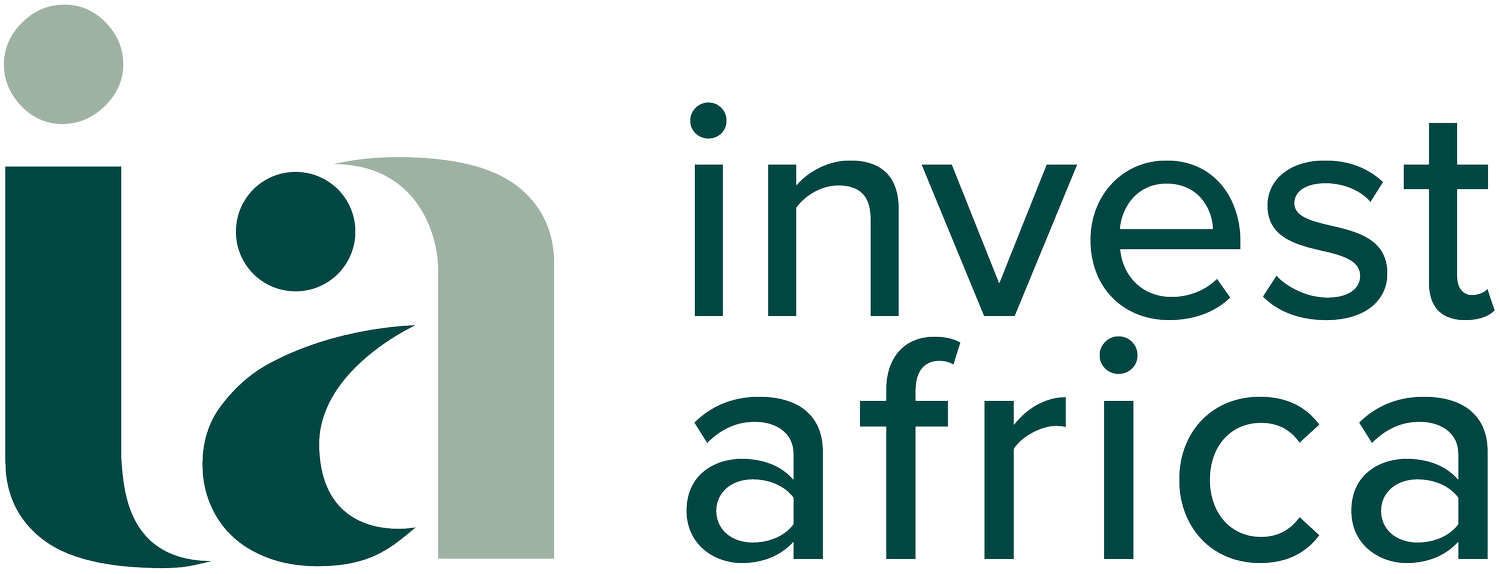Risk Management Essential to Protect Your Business and Remain Efficiently Insured
20 October 2023
Recent years have seen a hardening of the insurance markets, having a significant impact on underwriting criteria and reinsurance renewals through reduced market capacity with onerous and more costlier terms, than ever before. A challenging global environment is not aiding, with economic fallout and recession, a pandemic, wars/conflict and weather catastrophes. South Africa has not emerged unscathed, and a combination of both global and local events is forcing businesses to revisit their approach to risk management, insurance and their Total Cost of Risk (TCOR).
“Any potential for a business to realise a significant loss is likely to be met with very strict underwriting terms, reduced/restrictive cover limits, split placements and possibly even punitive deductibles from an insurance point of view, especially where risk mitigation measures are not fully met. There is even potential for a business to be met with insurance terms that are simply unaffordable if business operations are beyond the insurance market’s risk tolerance. While this may be an eye-opener for some businesses, it is also a sign of the hard market, with insurers drawing a line in the sand when it comes to risk management. Insurers expect insured businesses to employ a risk-averse approach in their daily controls, putting all stops in place to mitigate the potential for a risk realising, as well as to reduce the extent or quantum of potential loss, as far as reasonably possible - or to face the consequences of being uninsurable,” says Craig Kent, head of risk consulting at Aon South Africa.
It is possible for businesses that operate in a high-risk category or occupancy rate to still receive reasonable insurance terms and rates, with the right risk management and mitigation measures in place. Likewise, the opposite can also be true of businesses that operate in a low-risk category, but receive onerous insurance terms and rates because their risk management and practices are simply not where they should be. The bottom line is that in a world of growing volatility, many interdependent economic and geopolitical factors are having a significant impact on the Interpretation of business risk and insurers' reduced appetite to take on ‘poor risk’. The consequence is that business leaders and risk managers need to realign their risk management interventions and strategies to ensure the insurability of their businesses.
Example:
A cold storage manufacturing facility that specialises in dairy products has been warned by insurance companies to install an appropriate sprinkler system to address potential fire risk concerns. The client’s failure to execute the requirement has led to the business receiving standard property cover, albeit at higher rates, but with a fire explosion exclusion. The potential combined property damage and Business Interruption (BI) loss in the event of a fire/explosion-related claim in a worst-case scenario would be beyond the market’s risk threshold. The business cannot operate without its cold storage facilities and is obliged to have cover in place for major or catastrophic events, including those caused by fire. Having fire exclusion or very large punitive deductibles would be debilitating to any business, even one with a strong balance sheet and not a burden any business should carry. The scenario in this example, could have been mitigated through timeous and appropriate risk management response, long before the insurance market ‘pulled the plug’ so to speak.
Distressed clients
In the insurance market, a client as described above, can be referred to as a distressed client. “It is pertinent to realise that the client is not necessarily uninsurable, but with the implementation of a comprehensive risk management strategy that makes positive strides in mitigating the risk, the insurance terms and penalties can be better managed,” says Craig.
In most cases, addressing the risk is also not something that is likely to happen overnight. “It often requires significant changes in more than one of the business processes involved, which all have price tags and timeframes attached to them. For example, the above client may need a complete rework of its warehousing facility to separate the risks out, which will allow for the implementation of specific protective measures that address each of the perils, such as installing a sprinkler system in the cold storage area,” Craig explains.
He adds that businesses should always observe the 3 E’s in property protection:
Engineer the solution such as a firewall or sprinkler system.
Educate behaviour maintenance and housekeeping as examples.
Enforce self-assessments and external validations aligned to best risk management practices.
Allowing the business to slip into a distressed state is likely to cost a great deal more in the long run than it would have, had the exposures been addressed and managed at source. “In keeping with the above example, the cost of implementing a brand-new sprinkler system at today’s rates is likely to cost much more than it would have ten years ago, aside from the operational inconvenience of construction in a working food factory. Not only does the business have to carry the cost of a new sprinkler system installation, but also the cost of increased insurance premiums, or lack of cover, that has a direct impact on its bottom line and for that matter, on good governance and its duty of care in ensuring safe operations,” says Craig.
“Having regular, thorough risk assessments of your business is a good exercise to identify any possible red flags that need to be addressed before they have a negative impact on the business’ risk transfer requirements. It will also direct a business that has already fallen into a state of distress, on how to best address the existing concerns and identify potential other risks, that can be applied to efficiently get the business back on the right insurability track,” he explains.
“A professional broker and their risk advisors will be able to provide your organisation with aligned services and solutions that business may need to identify and address any gaps in their risk management programme, to mediate a solution and to provide the clarity and confidence to make informed decisions when it comes to the risks that your business is faced with. It is important to implement good risk management practices and to maintain and seek to improve continually,” Craig concludes.

